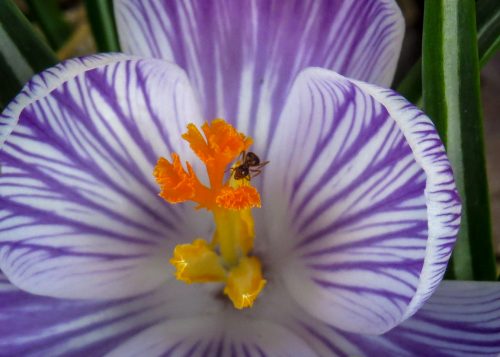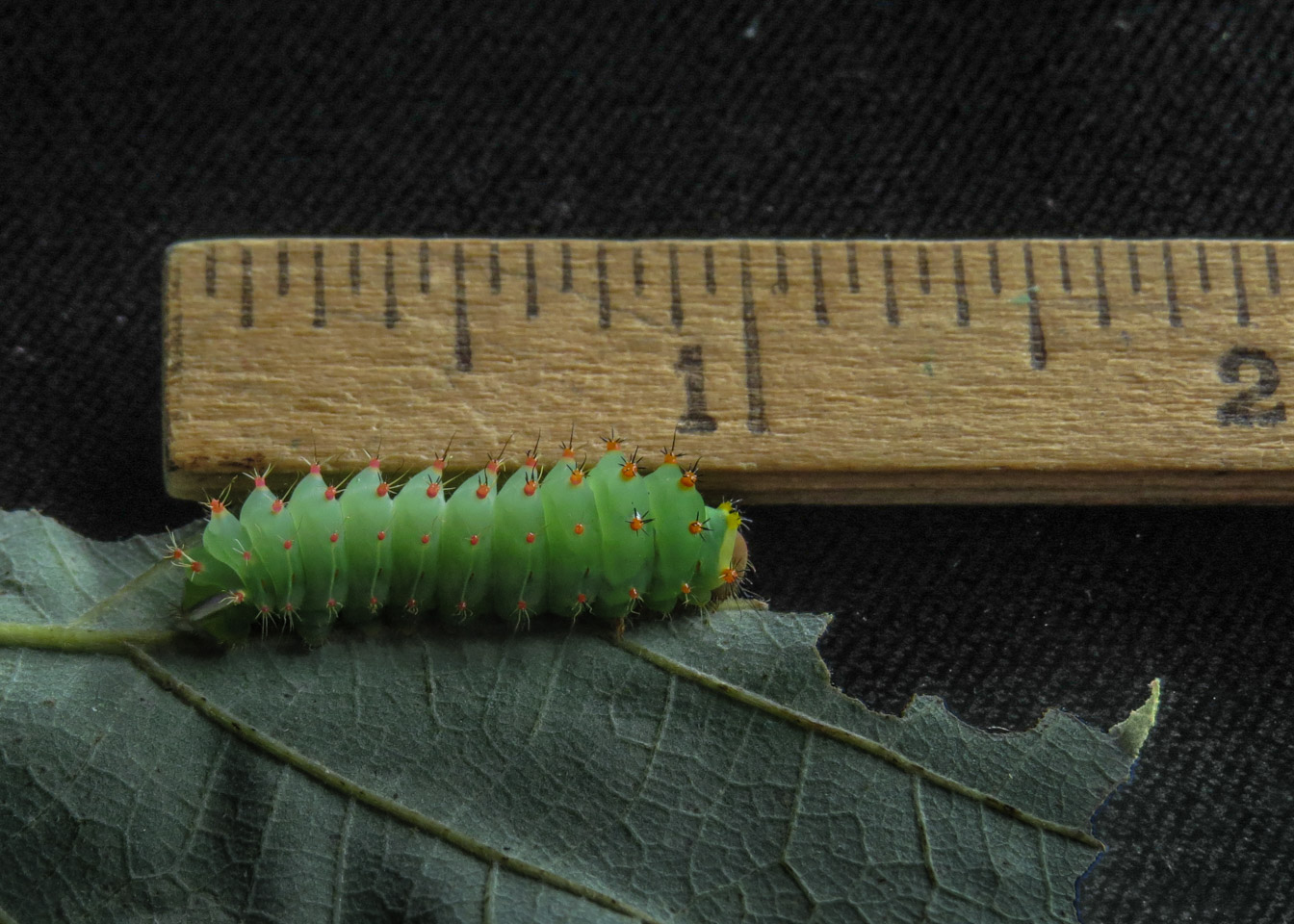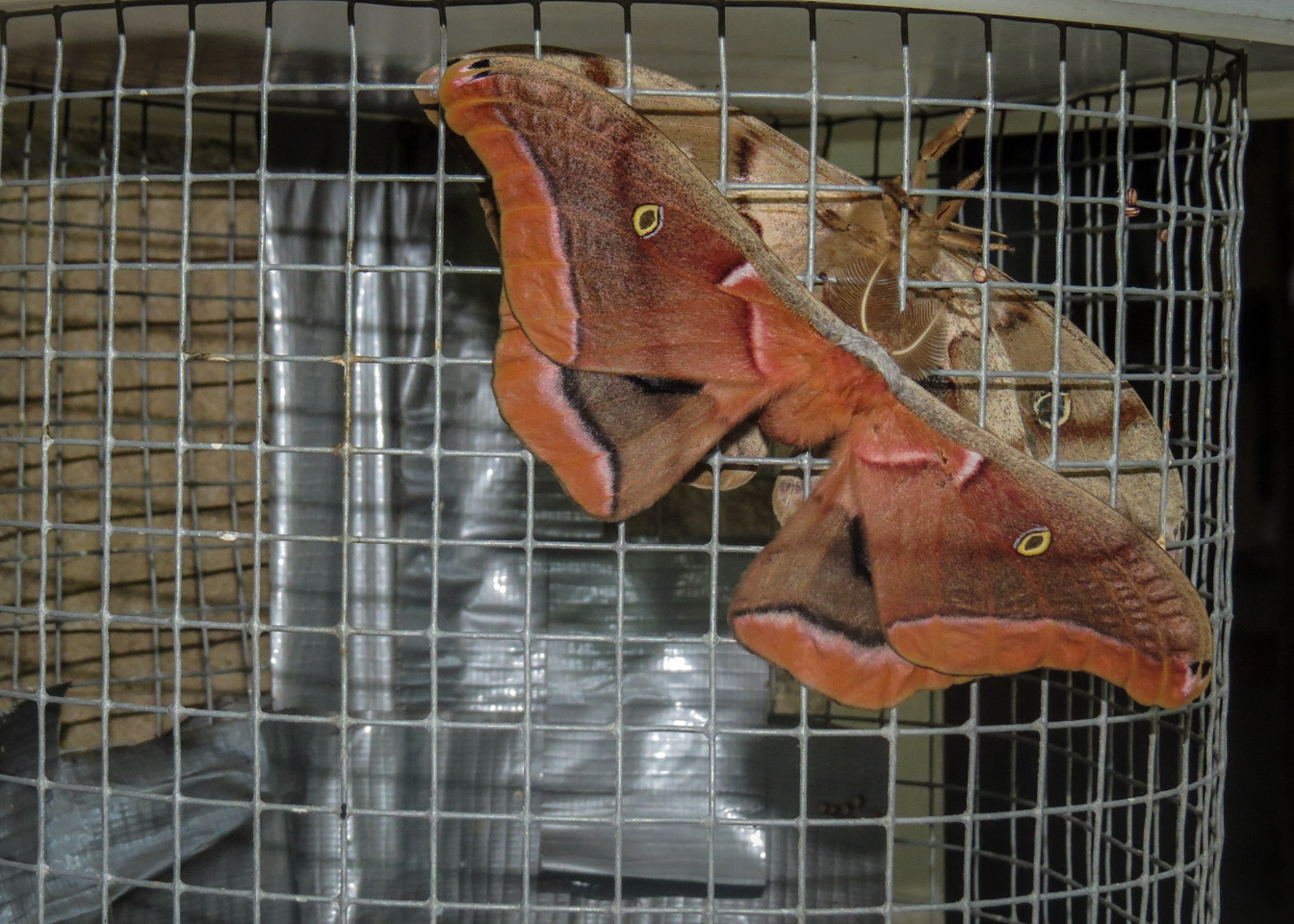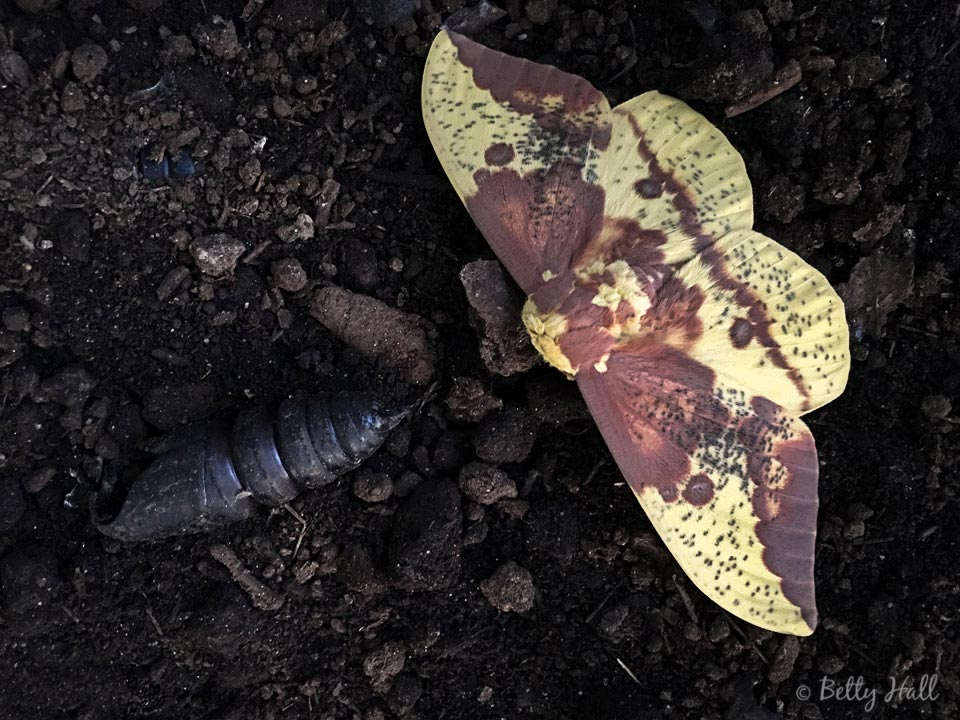Spring is finally arriving in Kentucky! My crocuses and daffodils are creating scattered colorful bouquets, and the pussy willow blooms are soft and fuzzy. I’ve been watching for early pollinators, but so far without success.
I have discovered ants in some of the crocus blooms. From what I read, they are really after nectar and do little if any pollinating.
I wonder where this ant spent the cold winter months. How did it find its way into this relatively ‘big’ crocus bloom? Does it take some of the nectar ‘home’ to share?
I’m glad to see signs of spring, and my search for pollinators will continue.




